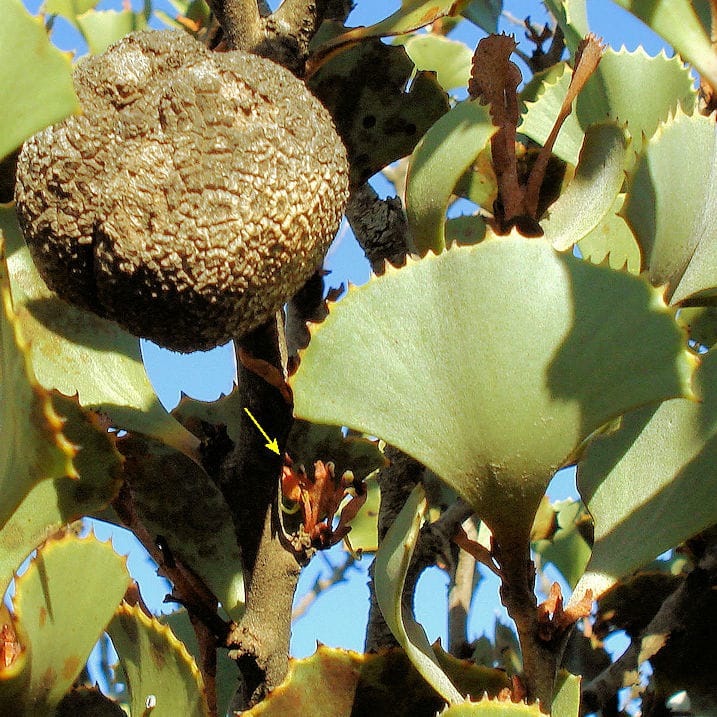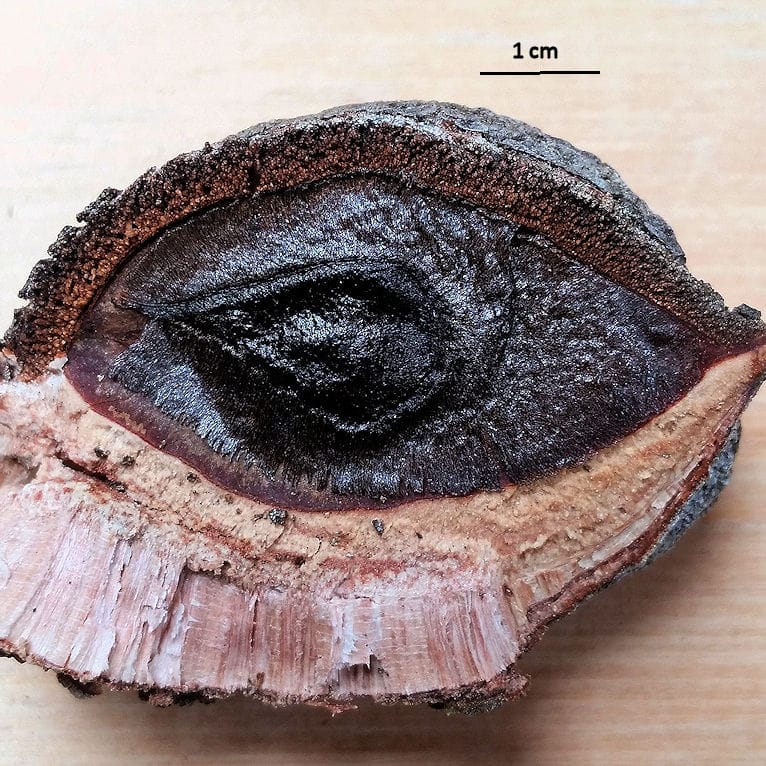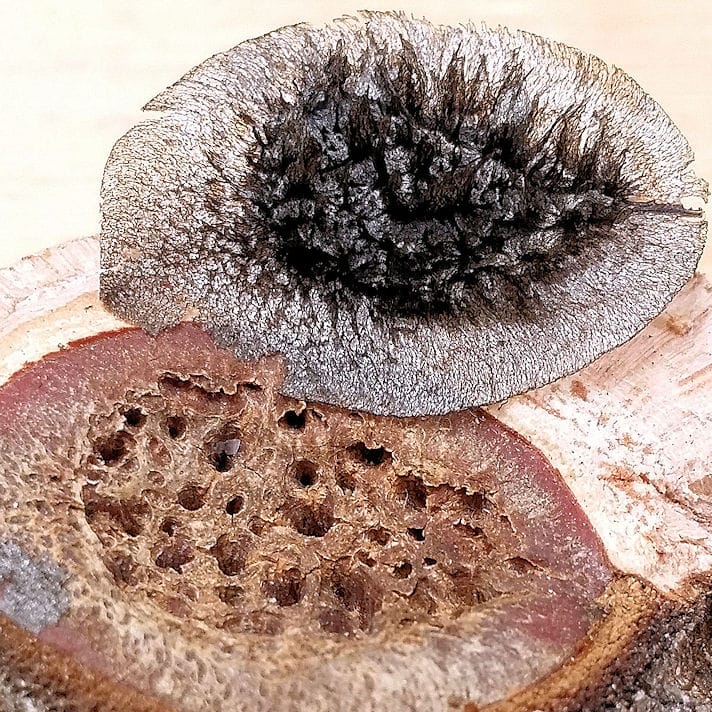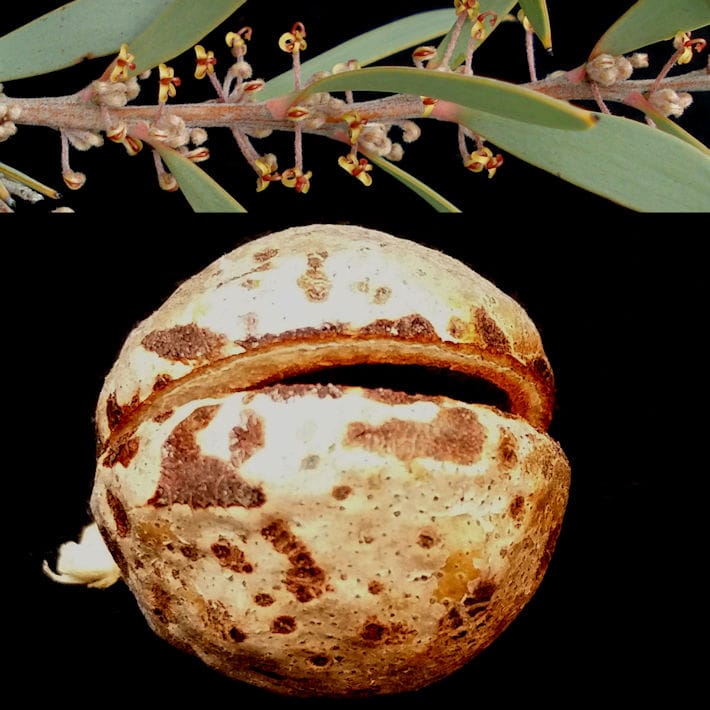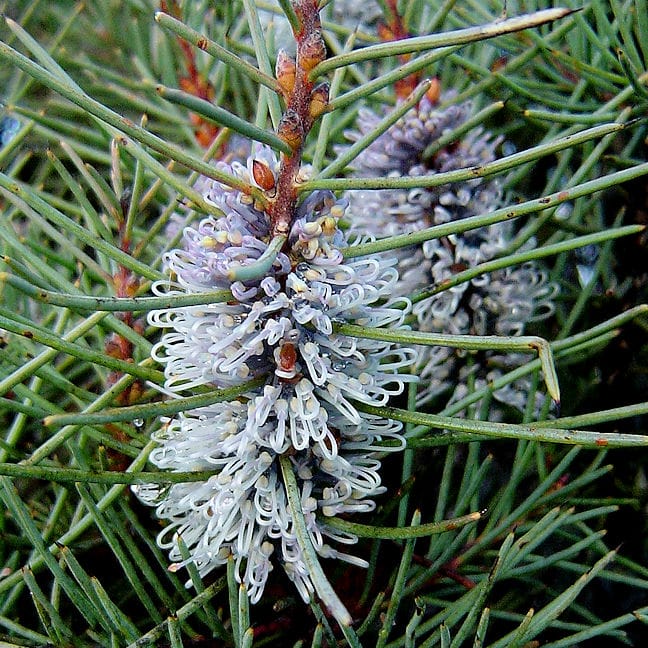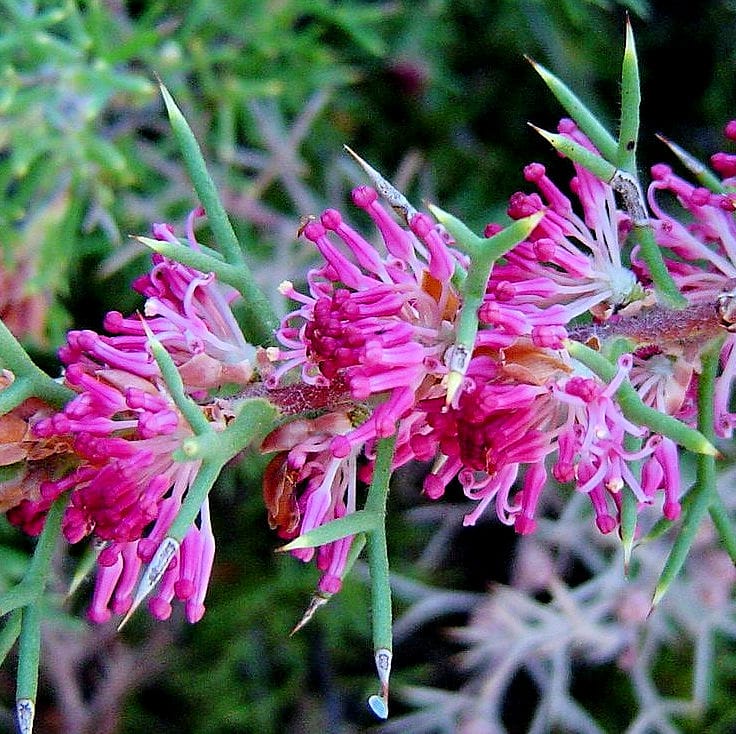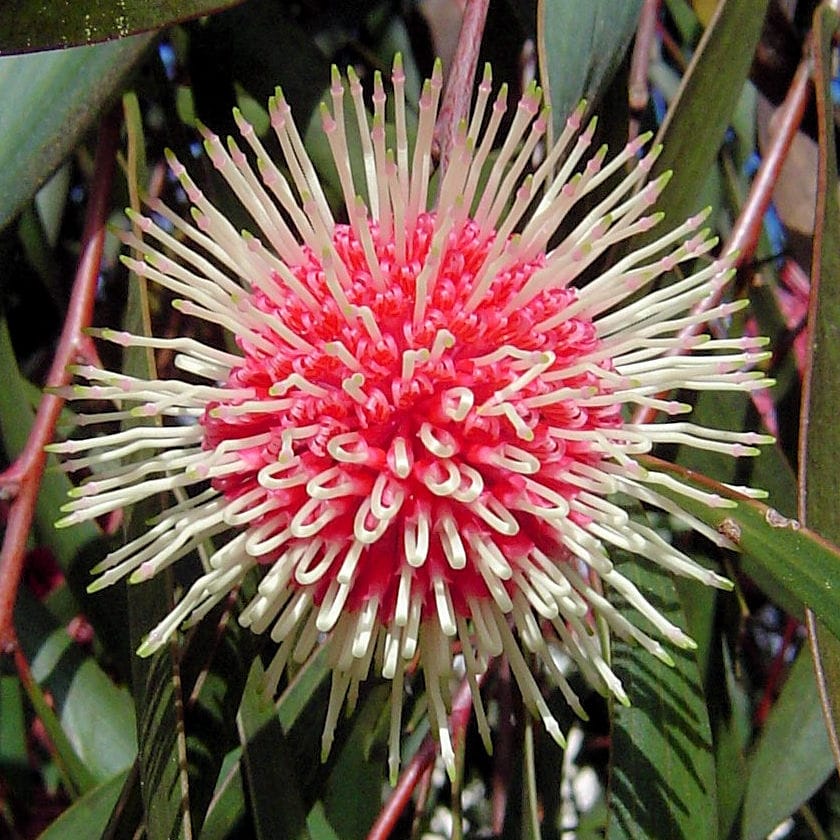Greetings fellow Foxies,
Hakeas and grevilleas are iconic members of the Proteaceae family that are most common in the southwest of WA. This is not surprising as they play a key role in the formation of our gravel soils.
The genus Hakea was named way back in 1797 by German botanist Heinrich Adolph Schrader, from an east coast species Hakea teretifolia that was growing in the Hanover (Germany) gardens. (Wow how did it get there?) His use of the name hakea in a book of Hanover Gardens rare plants, was an inspired act of ingratiation to his patron (i.e. money supply) Baron Christian Ludwig von Hake. Typical! Once again fame goes to the powerful, popular or connected. Please let the next new genus be Sawkinsea instead of (urk) Trumpea?
There are 2 grevillea and 6 hakea species in Foxes Lair. The beautiful Blue Hakea (Hakea lehmani) was also on Claypit soils until it was wiped out by the 2009 fire followed by a summer flood and dry winter.
Having similar flowers, grevilleas and hakeas may be confused with each other. Grevilleas grow mainly on well drained soils, as do many hakeas, but some hakea species grow on clay (Needle Hakea Hakea preissii) or winter wet soil. Not all species shown are from Foxes Lair.
An obvious point of difference is the papery grevillea fruit vs hard woody hakea nuts that stay closed until the plant dies or is exposed to fire. Each nut has 2 seeds that are miracles of nature. They remind me of science fiction cities floating in space. Seeds are flat on one side, with projections on the other that fit neatly into the nut, and have a thin diaphanous rim that enables them to be blown to a new location.
In June flowering Honeybush (Hakea lissocarpa) plants (below) are dotted throughout the gravel areas. Most are white with the occasional pink variant. Bees love them.

